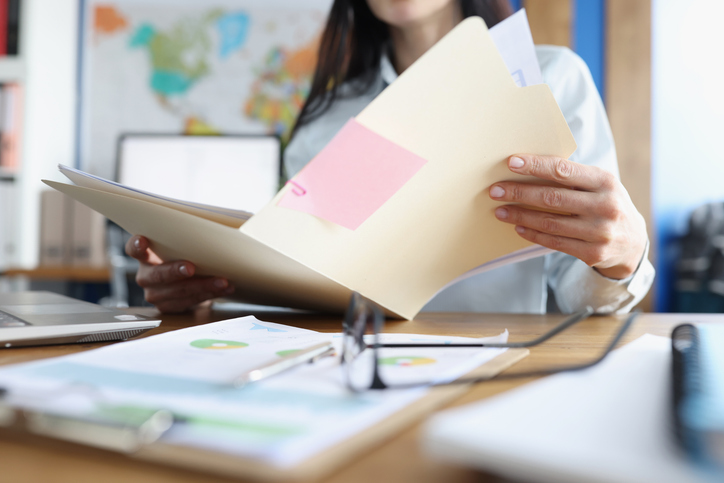The level of the Annual Investment Allowance (AIA) has been altered a lot over the last few years.
In 2014 the Annual Investment Allowance was £500,000, in 2015 it was decreased to £200,000, then it was increased to £1m from January 2019 to stimulate business investment and the economy.
In January 2021 the Annual Investment Allowance is due to revert to £200,000.
>See also: Sunak mulls tax break for businesses to boost investment
However, the Association of Taxation Technicians (ATT) has requested that the chancellor maintains the higher level of the AIA to help recovering business following the Covid-19 pandemic.
What is the Annual Investment Allowance?
Capital allowances from expenditure of a business are set against profits of the year. The Annual Investment Allowance is a kind of capital allowance, which offers tax relief at 100 per cent on qualifying expenditure in the year of purchase, so is intended to encourage greater investments.
The maximum you can deduct from your taxable profits is now set to be £1m. This is adjusted for periods which are shorter or longer than 12 months, and for periods which span the operative dates and rates of allowance. When the AIA changes over the course of a business’s financial year it is therefore sensible to consider exactly when a significant purchase should be made.
>See also: 7 ways to attract investors to your growth business
Who can claim?
The Annual Investment Allowance is available to all businesses including sole traders, partnerships and companies. The only business structures which are not eligible for the AIA are mixed partnerships (that is, partnerships comprised of both individuals and companies) and trustees. If a sole trader operates as an individual and is a member of a separate partnership business each business will be entitled to an AIA.
Is there a catch?
There are a few exclusions. If a sole trader has two related sole-trader businesses, they are only entitled to one AIA between the two. Related traders are those that operate from the same premises or represent similar trading activities. AIA is split between subsidiary companies.
This is also the case for related companies under common control (“related” companies are once again those that share premises or carry out related activities).
For companies that have a group structure, careful tax planning is important to calculate the best way to split the allowance amongst related businesses. Any AIA which is unused in the year is lost – it cannot be carried forwards.
What expenditure qualifies?
Most capital expenditure qualifies, including expenditure on plant and machinery, integral features (assets which are part of a building used for business), thermal insulation of buildings, and solar panels.
Are there any exemptions?
Yes, there are assets that would not qualify for the allowance, such as cars (though vans do), and you should seek advice accordingly.
No AIA is available if plant and machinery is acquired from a “connected” person, which includes relatives, partners, or a company such an individual controls. This is often a consideration on the incorporation of a sole trader’s business.
What about green technologies?
Investment in certain green technologies is eligible for First Year Allowances (FYAs). These are in addition to the AIA and, like the AIA, are eligible for 100 per cent tax relief in the first year, though they are not time apportioned. Qualifying technologies include designated energy saving plant and machinery, cars with CO2 emissions under 50g/km and expenditure incurred on an electric vehicle charging point.
What happens after the first £1m?
A business can decide which expenditure to allocate the AIA against (not necessarily the first items bought), so it is best allocated to items which are in the special rate pool as they are written down at only 6 per cent per annum.
If the expenditure goes beyond the AIA threshold, the “excess” expenditure is allocated to the main pool or the special rate pool.
So, if a firm buys £1.25m worth of new IT systems, it can allocate the first £1m of expenditure against the AIA and the remaining £250,000 would go into the main pool and be written down at 18 per cent a year on a reducing balance.
What if I have to repair or replace an asset?
Spending on repair or replacement is normally an allowable deduction against income and so full tax relief is given immediately.
However, if the repair or replacement costs in the last 12 months are greater than half of the total cost of replacing an asset, the spending is treated as capital expenditure.
For example, if a business spends £3,000 in the last 12 months repairing or replacing parts of its air conditioning system, but the total cost of replacement is £5,000, then the £3,000 would be treated as capital expenditure and qualify for capital allowances.
Is this worth the hassle?
The increase to the AIA has the effect of accelerating capital allowances. The current more generous allowance presents a good opportunity for businesses wanting to make any investments to be as tax efficient as possible.
Stephen Edwards is director of Cheltenham Tax Accountants
Further reading
The best accounting software for medium sized businesses in 2020






